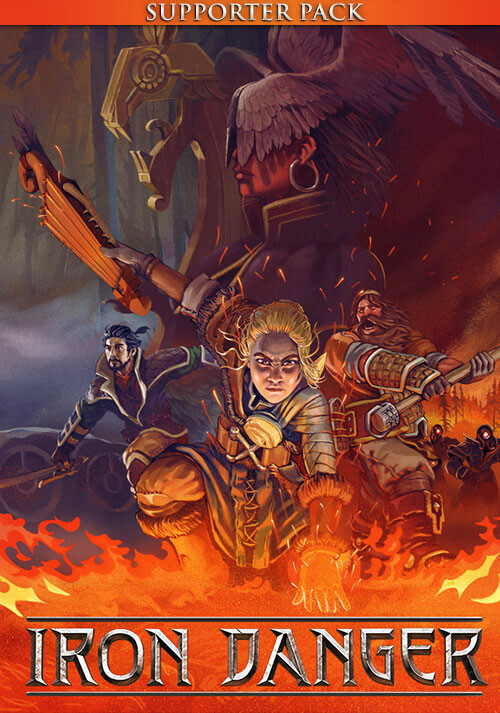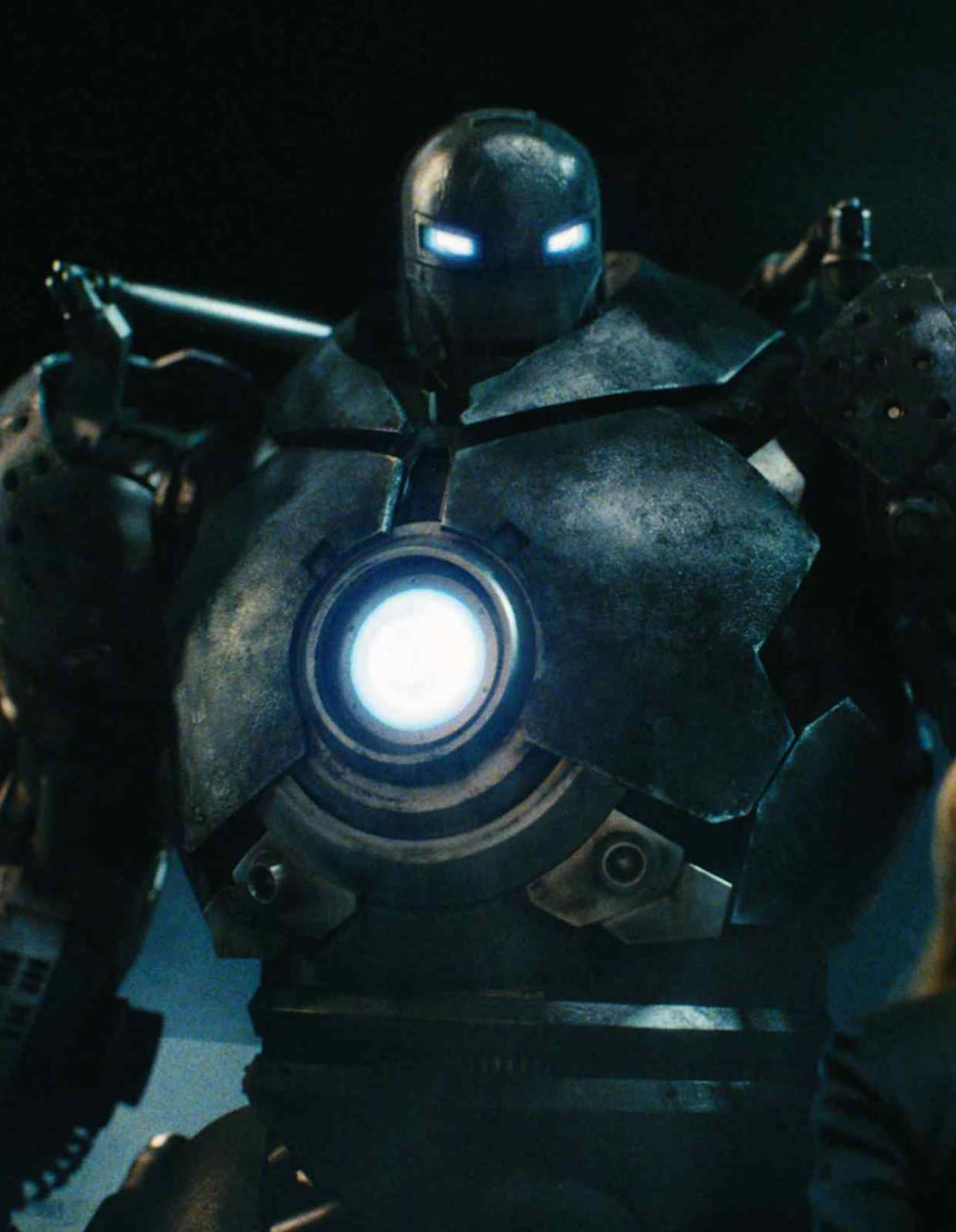

Macrocytic anemia: This anemia happens when your bone marrow makes unusually large red blood cells.Sideroblastic anemia: In sideroblastic anemia, you don’t have enough red blood cells and you have too much iron in your system.Autoimmune hemolytic anemia: In autoimmune hemolytic anemia, your immune system attacks your red blood cells.Aplastic anemia: This anemia happens when stem cells in your bone marrow don’t make enough red blood cells.Hemolytic anemia: In this anemia, your red blood cells break down or die faster than usual.Diamond-Blackfan anemia: This inherited disorder keeps your bone marrow from making enough red blood cells.Īnemias caused by abnormal red blood cells.Fanconi anemia: Fanconi anemia is a rare blood disorder.Sickle cell anemia: Sickle cell anemia changes your red blood cells’ shape, turning round flexible discs into stiff and sticky sickle cells that block blood flow.Megaloblastic anemia: Megaloblastic anemia is a type of vitamin deficiency anemia that happens when you don’t get enough vitamin B12 and/or vitamin B9 (folate).

Hemoglobin is the substance in your red blood cells that enables them to carry oxygen throughout your body. Iron-deficiency anemia: As its name implies, iron-deficiency anemia happens when your body doesn’t have enough iron to make hemoglobin.Pernicious anemia: Pernicious anemia, one of the causes of vitamin B12 deficiency, is an autoimmune condition that prevents your body from absorbing vitamin B12.There are many anemia types, each causing red blood cell levels to drop. This is anemia of chronic disease.Īnemia is very common, affecting an estimated one-third of the global population and an estimated 3 million people in the United States. People with chronic conditions: Some chronic conditions like autoimmune diseases or cancer may increase the risk of anemia.If they develop anemia, they may have heart conditions or weakness that makes it hard for them to get around. People age 65 and older: People over 65 are more likely to have iron-poor diets and certain chronic diseases that increase their risk of developing anemia.

Women and people designated female at birth (DFAB): Women and people DFAB who have heavy periods (menstrual bleeding) or conditions like uterine fibroids may lose blood and develop anemia.Women who are pregnant: Women who are pregnant may develop iron-deficiency anemia, which may increase the chance of complications such as premature birth or giving birth to babies with low birth weight.Children with anemia may develop related problems such as delayed development of motor skills and issues with learning. Children going through growth spurts need more iron. Children: Children do a lot of growing between birth and age 2.Infants with anemia may appear lethargic. That’s because the iron in solid food isn’t absorbed as easily as iron in breast milk or formula. Infants: Infants may get less iron than they need when they start eating solid food.Most newborns don’t need medical treatment for anemia, but some with severe anemia may need blood transfusions. Newborns: Some infants are born with low red blood cell counts.Anemia affects different people in different ways: When someone develops anemia, they’re said to be anemic, meaning they have symptoms of anemia, like being very tired or feeling cold all of the time. Left untreated, anemia may be life-threatening. While some types of anemia are short-term and mild, others can last for a lifetime. Without healthy red blood cells that do their job, your body doesn’t get the energy it needs to function. Oxygen powers your cells and gives you energy. Your red blood cells carry oxygen throughout your body.

Anemia happens when you don’t have enough red blood cells or your red blood cells don’t work as they should.


 0 kommentar(er)
0 kommentar(er)
